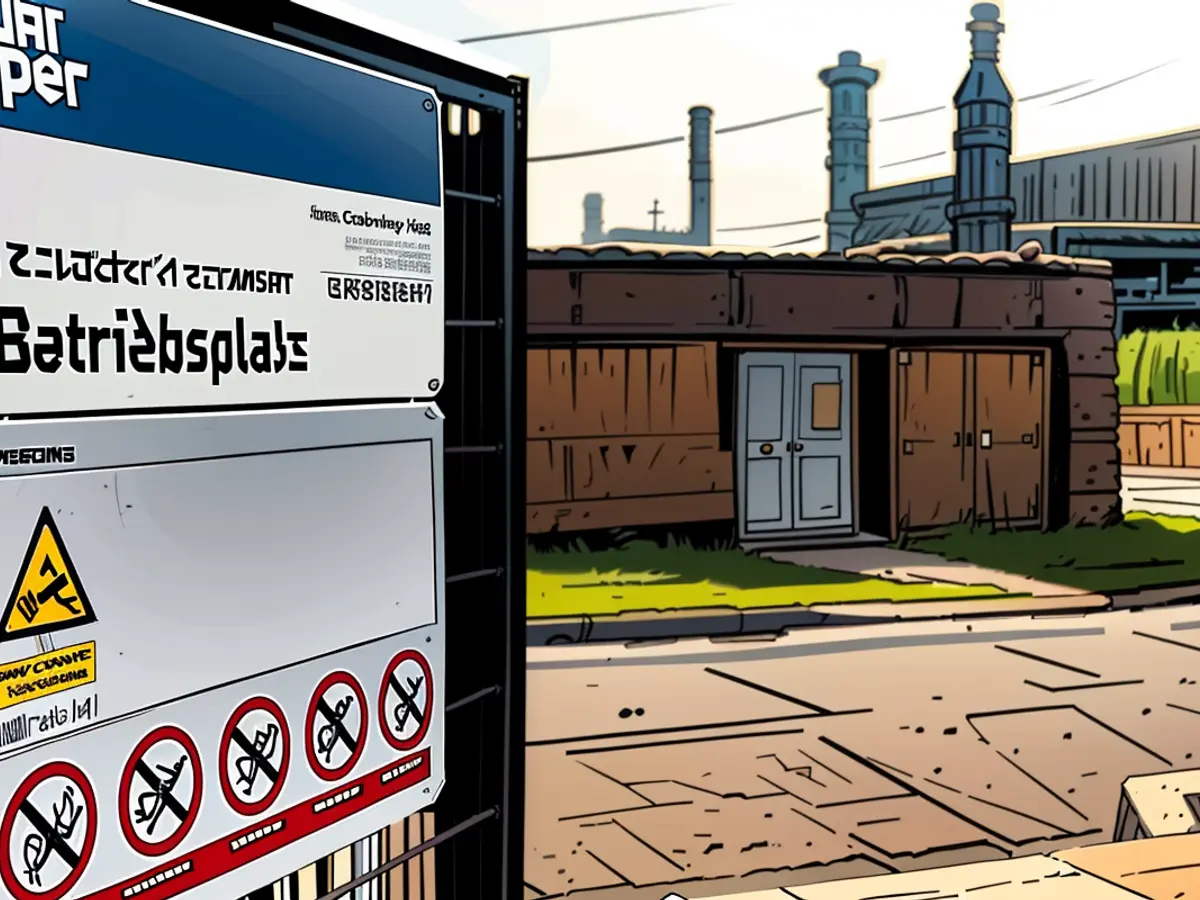- Uniper conducts hydrogen storage trials in East Friesland
Unipower, a prominent energy provider, is preparing to initiate an underground hydrogen storage trial facility in Krummhörn, East Frisia, soon. Over a period of approximately two years, this facility will examine various aspects, including how materials and technology behave with hydrogen, and also explore real-world hydrogen storage applications.
Sustainable hydrogen, produced within an eco-friendly economic structure, is projected to become a significant force as an energy transmitter and raw material for industries. Experts anticipate a surging demand for hydrogen storage facilities in Germany in the foreseeable future. Following nationalization during the energy crisis, Unipower, Germany's largest manager of natural gas storage facilities, aspires to pave the way for a hydrogen economy across Europe.
Storage at a 1,700-meter depth
The Krummhörn trial facility lies at a depth of approximately 1,700 meters. The cavern, approximately 30 meters tall and 16 meters in diameter, boasts a volume of 3,000 cubic meters. Its location is advantageous, with the planned hydrogen pipeline network predicted to pass nearby.
Lower Saxony's Minister of Economics, Olaf Lies (SPD), emphasized, "This project could play a vital role in fostering Germany's hydrogen economy." Owing to its location on the North Sea and existing infrastructure, Lower Saxony is primed to lead the transition and the energy transformation.
First filling planned for late September
The test cavern's first filling is scheduled for late September. According to Frank Holschumacher, the technical manager of Unipower's gas storage division, hydrogen from various manufacturers will be utilized for this purpose, delivered in tank trucks.
Should the two-year test period confirm that hydrogen storage is financially feasible, Unipower plans to expand the cavern for commercial use. Holschumacher estimates that this process, known as leaching, will take between three to five years, culminating in a usable hydrogen capacity of 250 gigawatt-hours. He estimates the cost of this new cavern to range between €350 million and €500 million.
Up to ten hydrogen storage facilities in Krummhörn
Unipower retains ownership of three additional caverns in the salt dome, previously utilized as natural gas storage facilities and currently filled with water. If deemed profitable, these too will be transformed into hydrogen storage facilities. Unipower also believes that as many as six additional new caverns could be constructed within the salt dome.
In total, Unipower Energy Storage envisages developing salt caverns for hydrogen storage with a capacity of up to 600 gigawatt-hours by 2030. This will involve examining existing and potential sites along the hydrogen backbone in Lower Saxony and North Rhine-Westphalia.
Uniper is not the sole organization testing hydrogen storage. For instance, the Oldenburg energy company EWE has been exploring the operation of a hydrogen storage facility using a test cavern in Rüdersdorf near Berlin for some time.
Unipower, being Germany's largest manager of natural gas storage facilities, sees potential in expanding its hydrogen storage capabilities beyond Krummhörn.
Given Unipower's plans and the anticipated demand for hydrogen storage in Germany, further hydrogen facilities in Germany, including those in Krummhörn, could significantly contribute to the country's transition towards a hydrogen economy.








